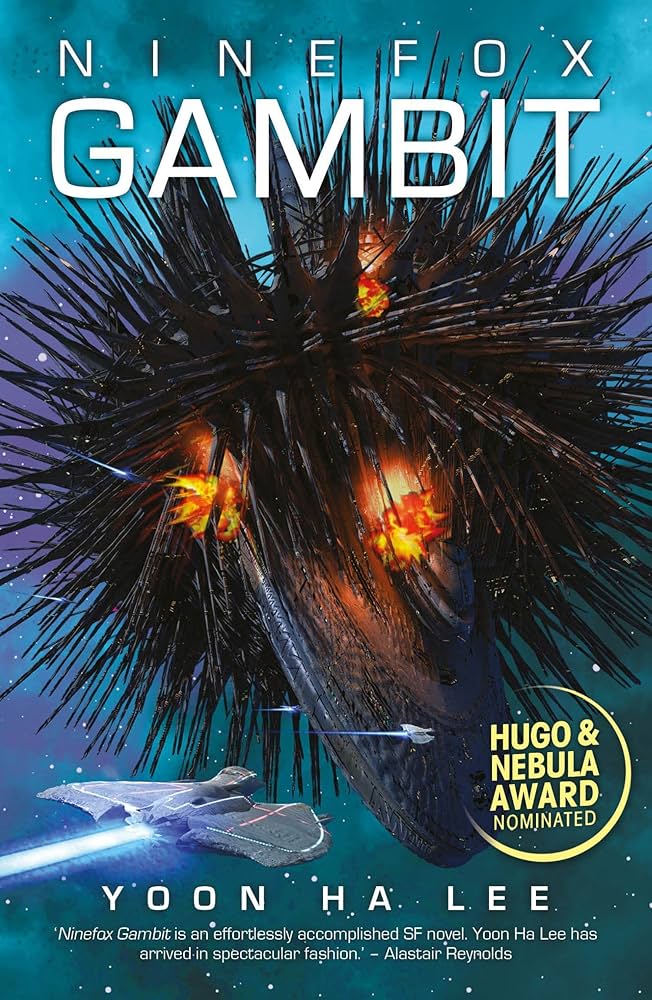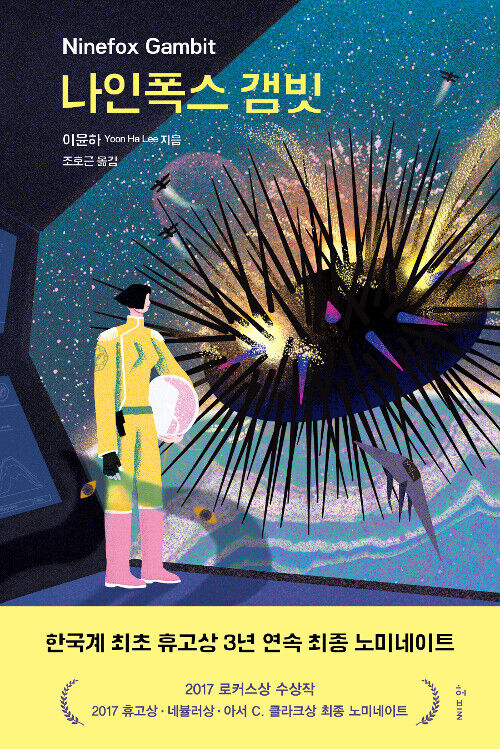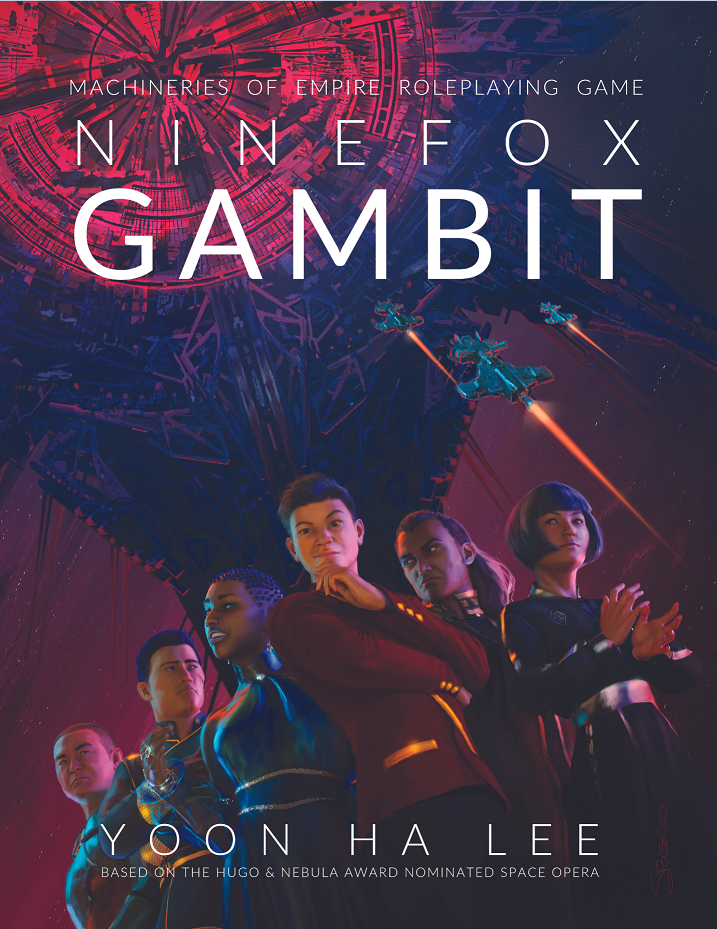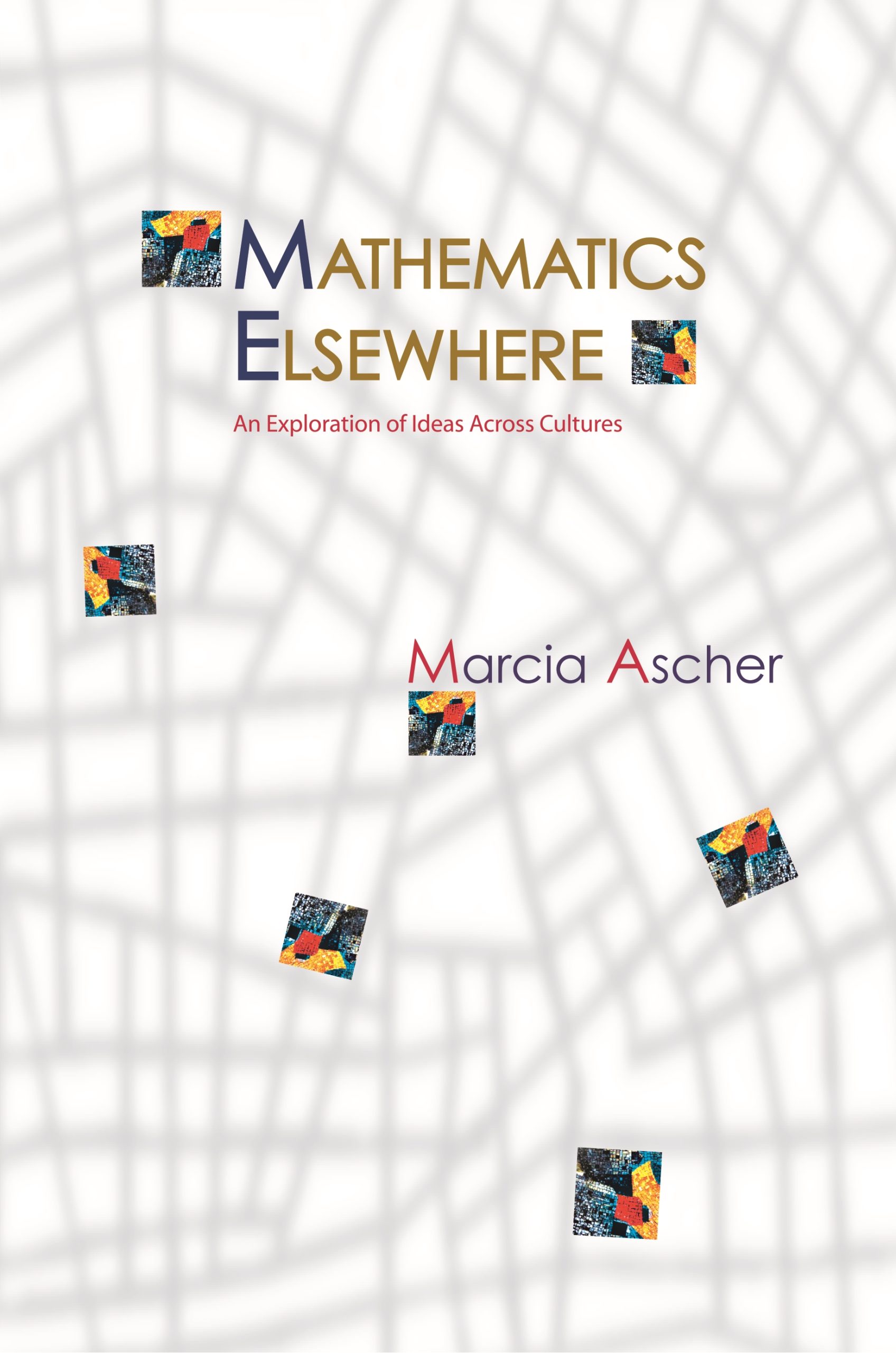SEMIOPUNK (34)
By:
June 3, 2025

An irregular, ongoing series of posts dedicated to surfacing examples (and predecessors) of the sf subgenre that HILOBROW was the first to name “semiopunk.”
BABEL (2022) | BABEL-17 (1966) | CAMP CONCENTRATION (1968) | A CANTICLE FOR LEIBOWITZ (1959) | CAT’S CRADLE (1963) | COSMONAUT KEEP (2000) | THE DIFFERENT GIRL (2013) | DOOM PATROL (1987–91) | THE EINSTEIN INTERSECTION (1967) | EMBASSYTOWN (2011) | ENGINE SUMMER (1979) | EXPLOITS AND OPINIONS OF DR. FAUSTROLL, PATAPHYSICIAN (1911) | FEERSUM ENDJINN (1994) | FLATLAND (1884) | FRIDAY (1982) | LE GARAGE HERMÉTIQUE (1976–79) | THE GLASS BEAD GAME (1943) | GLASSHOUSE (2006) | GRAVITY’S RAINBOW (1973) | THE HAMPDENSHIRE WONDER (1911) | LORD OF LIGHT (1967) | THE MAN WITH SIX SENSES (1927) | THE MOUNTAIN IN THE SEA (2022) | NINEFOX GAMBIT (2016) | ODD JOHN (1935) | PATTERN RECOGNITION (2003) | THE PLAYER OF GAMES (1988) | RIDDLEY WALKER (1980) | RODERICK (1980–83) | SNOW CRASH (1992) | THE SOFT MACHINE (1961) | SOLARIS (1961) | THE SPACE MERCHANTS (1953) | THE THREE STIGMATA OF PALMER ELDRITCH (1964) | TIME OUT OF JOINT (1959) | UBIK (1969) | VALIS (1981) | A VOYAGE TO ARCTURUS (1920) | VURT (1993) | WHITE NOISE (1985).
NINEFOX GAMBIT
The plot of Yoon Ha Lee’s first novel, Ninefox Gambit (2016), is a thrill ride for those of us who — only occasionally, in my case — enjoy “milsci-fi.”
Kel Cheris, a young battleship commander and mathematical genius whose unorthodox tactics have led to her disgrace, is given the opportunity to redeem herself. She is tasked with recapturing the fearsome outer-space Fortress of Scattered Needles from the “heretics” who’ve defied the Hexarchate, i.e., the authoritarian galactic empire whom Cheris serves. It’s a mission impossible, so Chris enlists the aid of the greatest military tactician in the Hexarchate’s history, General Shuos Jedao, who’d led the suppression of an earlier heretical rebellion. The wrinkle? That rebellion was four hundred years earlier; Jedao is long-dead, his consciousness preserved for future use. Also? Jedao is infamous for having betrayed the Hexarchate, and massacred his own forces.
We’ll learn, as the story progresses, that the Hexarchate is led (as its name suggests) by six factions: Shuos, Kel, Nirai, Vidona, Rahal, and Andan. (A seventh was destroyed for advocating democracy, a heresy.) Cheris will also discover that a non-Hexarchate human civilization, the Hafn, is invading Hexarchate space. In fact, one of the high-ranking heretics turns out to be a Hafn operative. So there’s political intrigue and espionage excitement in the mix too.
Cheris downloads Jedao’s consciousness into her own mind, and their evolving relationship — agonistic, yet increasingly friendly — is fascinating. Jedao does indeed help Cheris lay siege to the Fortress of Scattered Needles… but at the same time he lays siege to her unexamined values and beliefs about the Hexarchate. We’ll learn that it was he who orchestrated the preservation of his consciousness… in hopes that some day he’d be downloaded into the mind of someone like Cheris, whom he might enlist in the destruction of the Hexarchate.
The technology in this novel, as well as in subsequent “Machineries of Empire” series installments, is exotic — almost magical. Star drives, faster-than-light communication, and battleship formations that can create shields, say, or weapons of mass destruction… these marvels and more are made possible by the Hexarchate’s “calendar” — and by the citizenry’s unwavering belief in the accuracy and inevitability of this calendar. Which is why, it turns out, the Hexarchate will stop at nothing to crush heretical worldviews that weaken the empire’s laws of nature… and why this milsci-fi thriller is a such an intriguing contemporary work of semiopunk sf.

In this galaxy, we’ll figure out — slowly, not via an inelegant info-dump — that the laws of nature themselves are a question of consensus. The Hexarchate manipulates these laws of nature to its advantage thanks to the population’s adherence to a complex numerical system (which may have something to do with Korean folklore), i.e., the imperial “calendar.” Which can also be described as a society-wide mental and mathematical consensual reality engine. The galactic empire’s technologies are made possible thanks to strict “timekeeping,” i.e., in reference to the calendar. Any heretical questioning of the natural, eternal, and inevitable nature of the calendar leads to technological devolution, which weakens the Hexarchate’s rule. Hence the pressing need to wipe out the heretics who’ve taken the Fortress of Scattered Needles.
In interviews, Lee has revealed that he got the idea for the Hexarchate’s calendar from ethnomathematician Marcia Ascher’s 2002 book Mathematics Elsewhere: An Exploration of Ideas across Cultures, which explores everything from the logic of divination and Marshall Islands stick charts to, yes, calendars as cultural products often involving religion and/or politics combined with observations of the physical universe.
Calendars, Ascher observes, reflect differing concepts of time and impose different structures on time. “Mathematical ideas as fundamental as order, units, and cycles are the very building blocks with which the structures are created,” she writes. “The particular structure that we are taught as children becomes such an intimate part of our life that it is hard to realize that many aspects of the structure are quite arbitrary.”
In interviews, Lee has also mentioned Harlan Ellison’s Hugo-winning 1985 sci-fi novelette Paladin of the Lost Hour, which he read in high school. Lee grew up in Korea with the lunar (vs. the Western) calendar, so Ellison’s fanciful exploration of Daylight Savings Time’s “lost hour” — which turns out to be the universe’s last hour, and also a metaphor for lost love and lost time — got him intrigued with the implications of different calendar systems.
What if a mathematical “heresy,” like adding a day to the week or computing with a different base number, could cause the whole fabric of physics to warp? What if high-tech weapons and other “calendrical effects” (as they’re known in the Ninefox Gambit galaxy) no longer work they way they’re supposed to? Conversely, what if new technologies become possible that should not be possible? In order to preserve a certain mode of physical reality, mightn’t a galactic empire develop religious rituals (perhaps quite gory ones) designed to maintain faith in the consensus reality-supporting calendar? These are the sorts of questions this entertaining work of semiopunk sf requires us to consider.
Like an open-minded ethnomathematician, a semiotican drops into a semiosphere and interrogates the arbitrary assumptions that are taken for granted there. What is the dominant discourse? How is meaning structured here? From what sources is this meaning-structure challenged, and how are these challenges overcome? We surface and dimensionalize the architecture of a semiosphere’s consensus reality — the framework of shared beliefs, values, and assumptions that the semiosphere’s denizens collectively accept as their understanding of the world, a consensus that helps shape social norms and behaviors, providing a common ground for interaction and understanding. What’s fun about Ninefox Gambit is how sociocultural norms and forms are shown to influence the very nature of physical reality.

Fun facts: Ninefox Gambit won the Locus Award for best first novel; it was also nominated for the 2016 Nebula and Hugo Awards for Best Novel. It is followed by two more Machineries of Empire installments: Raven Stratagem (2017) and Revenant Gun (2018). A collection of short stories set in the same universe, Hexarchate Stories, appeared in 2019.
JOSH GLENN’S *BEST ADVENTURES* LISTS: BEST 250 ADVENTURES OF THE 20TH CENTURY | 100 BEST OUGHTS ADVENTURES | 100 BEST RADIUM AGE (PROTO-)SCI-FI ADVENTURES | 100 BEST TEENS ADVENTURES | 100 BEST TWENTIES ADVENTURES | 100 BEST THIRTIES ADVENTURES | 75 BEST GOLDEN AGE SCI-FI ADVENTURES | 100 BEST FORTIES ADVENTURES | 100 BEST FIFTIES ADVENTURES | 100 BEST SIXTIES ADVENTURES | 75 BEST NEW WAVE SCI FI ADVENTURES | 100 BEST SEVENTIES ADVENTURES | 100 BEST EIGHTIES ADVENTURES | 75 BEST DIAMOND AGE SCI-FI ADVENTURES | 100 BEST NINETIES ADVENTURES | 75 BEST HADRON AGE SCI-FI ADVENTURES.

